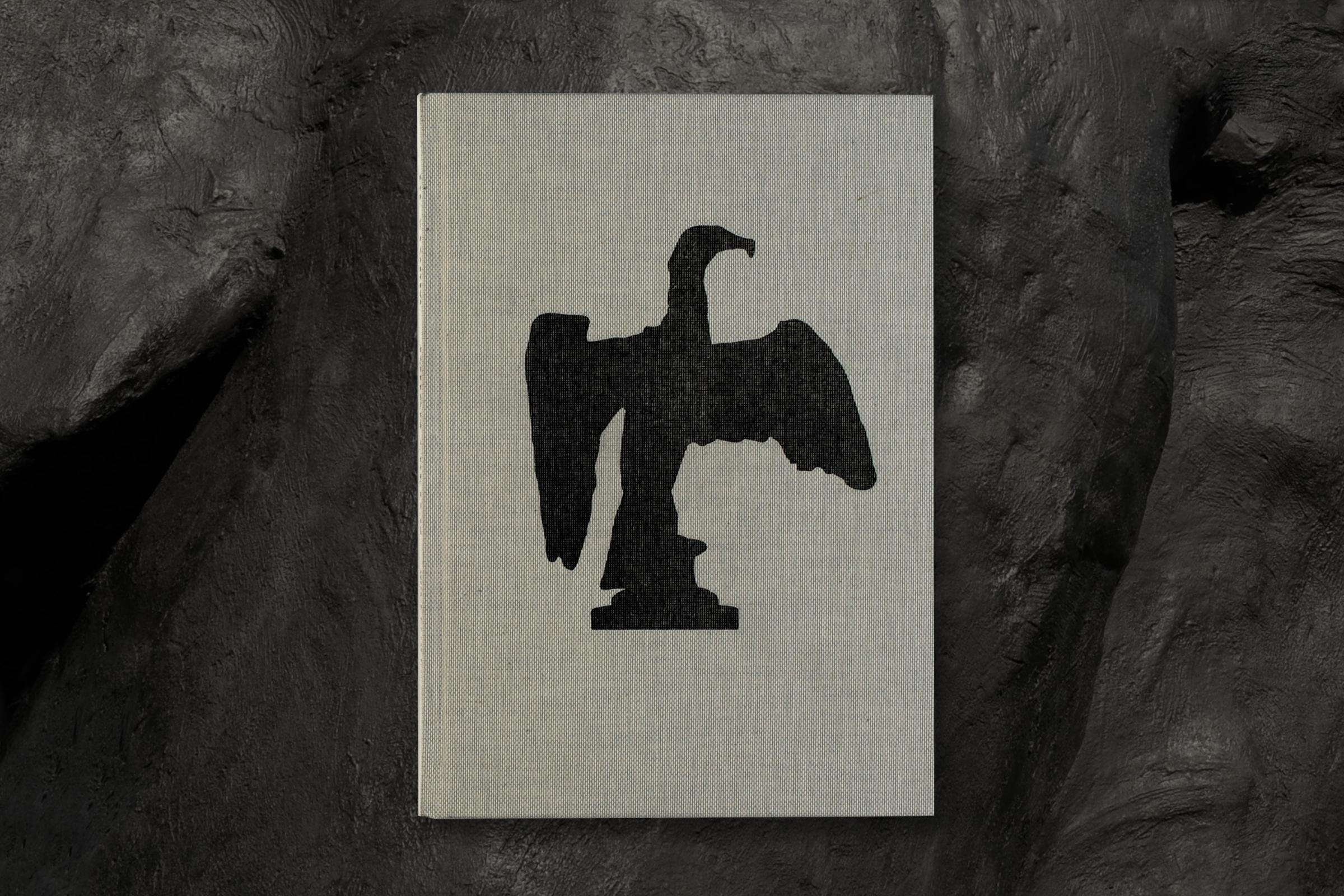
Catalog published on the occasion of the solo-exhibition of Johan Creten “Between Day an Dream” in PiLEVNELI Gallery in Istanbul.
“Between Day and Dream”
Pilevneli Gallery
Istanbul
Turkey
2017
In 1997, Johan Creten was one of the first artists invited by Rosa Martinez for the fifth International Biennial of Contemporary Art in Istanbul. He installed five sculptures in the waters of the historic Yerebatan cistern. The very particular aesthetic of the place was in total opposition to the “white cube” spaces mainly favored in the 1990s. Robert Miller Gallery then published Rosa Martinez' seminal and iconic text “Odore di Femmina” for the first time in 1998. 20 years later, Johan Creten returns to the vibrant city of Istanbul. During the Biennial period again, but this time on the occasion of the opening of the Pilevneli Gallery. With new pieces, the dialogue started many years ago continues during the exhibition and once again conveys the dynamism and visionary inspiration of the artist. Rosa Martinez's text was published a second time in the exhibition catalog “Between Day and Dream” in 2017.
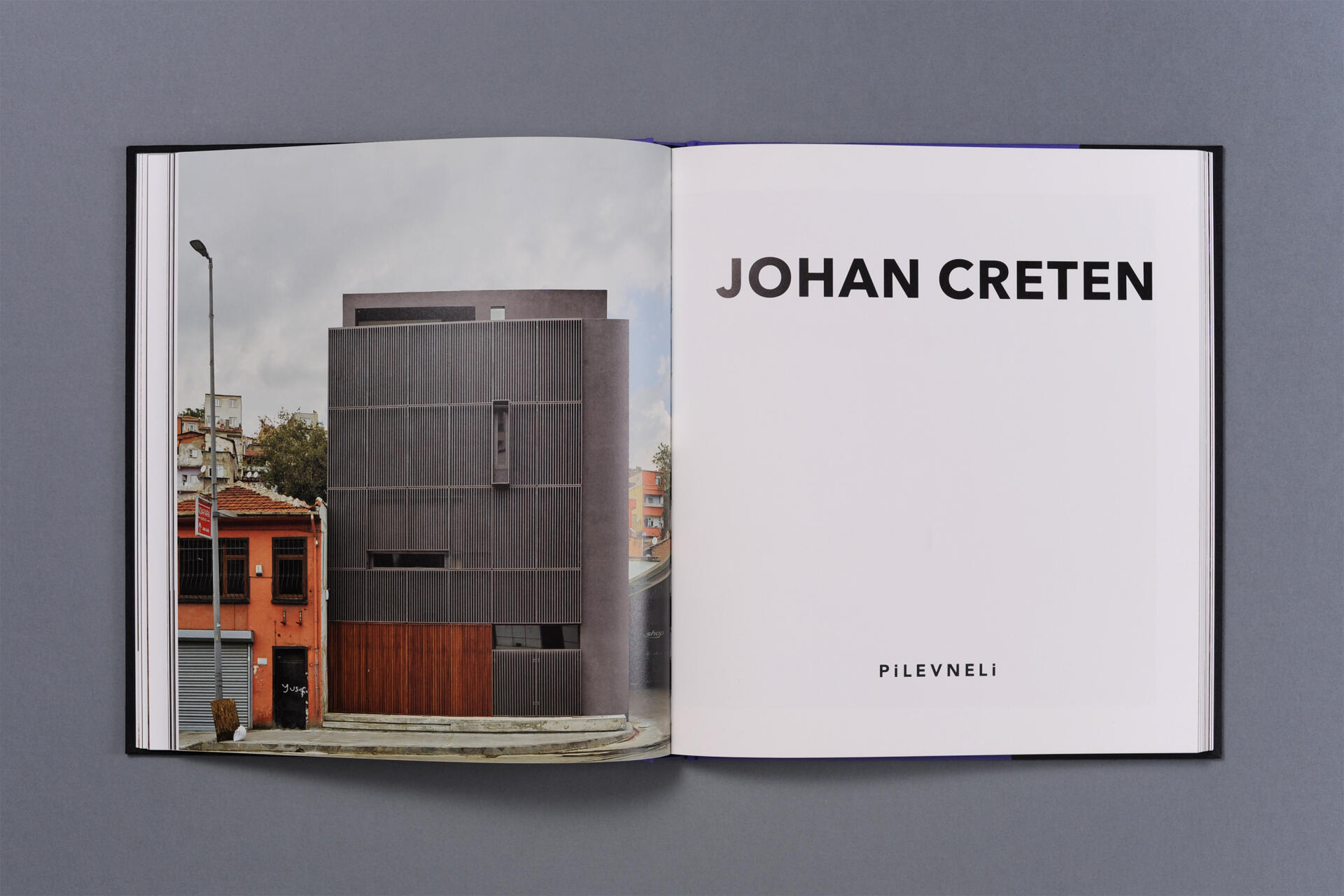
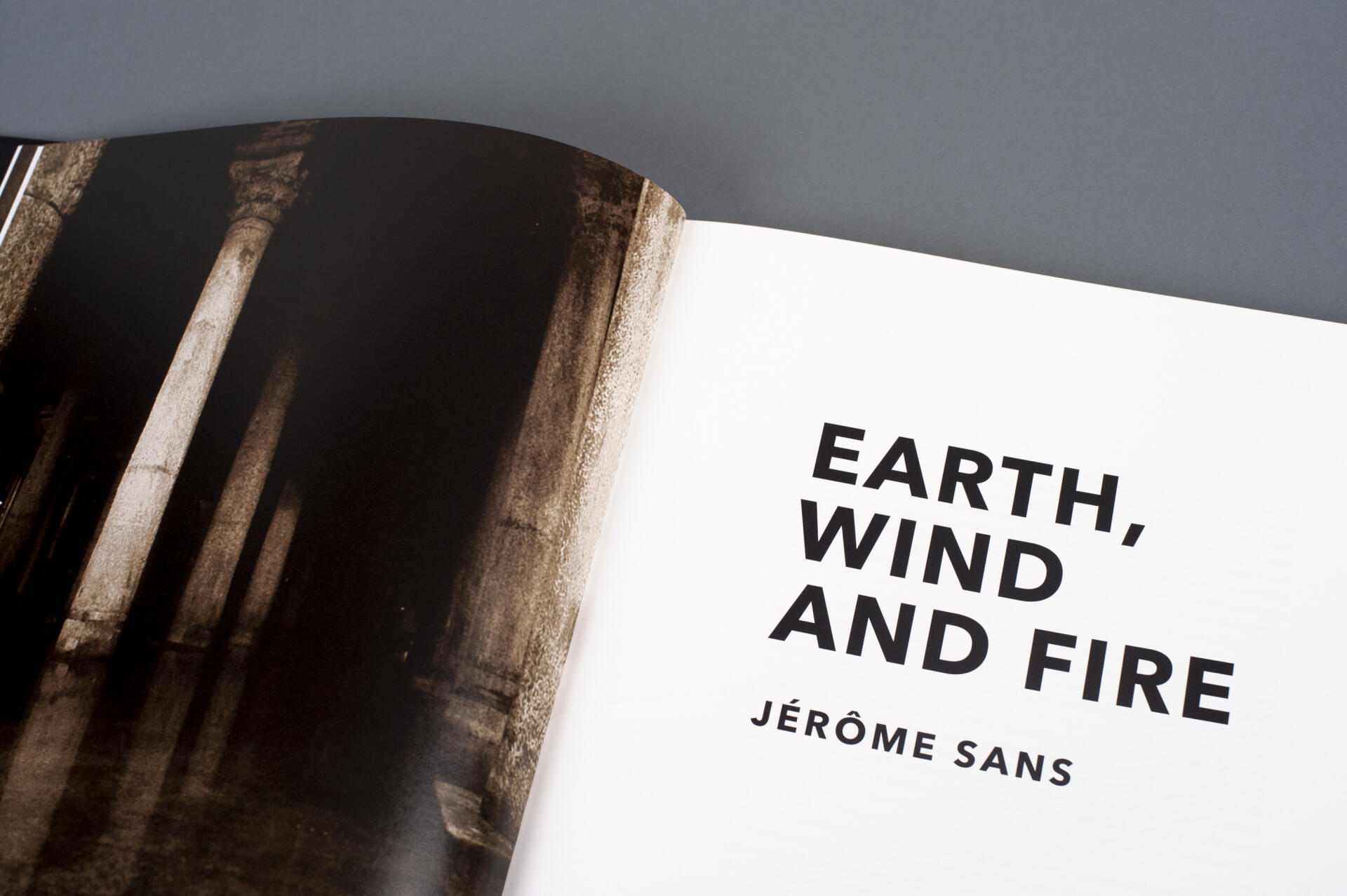
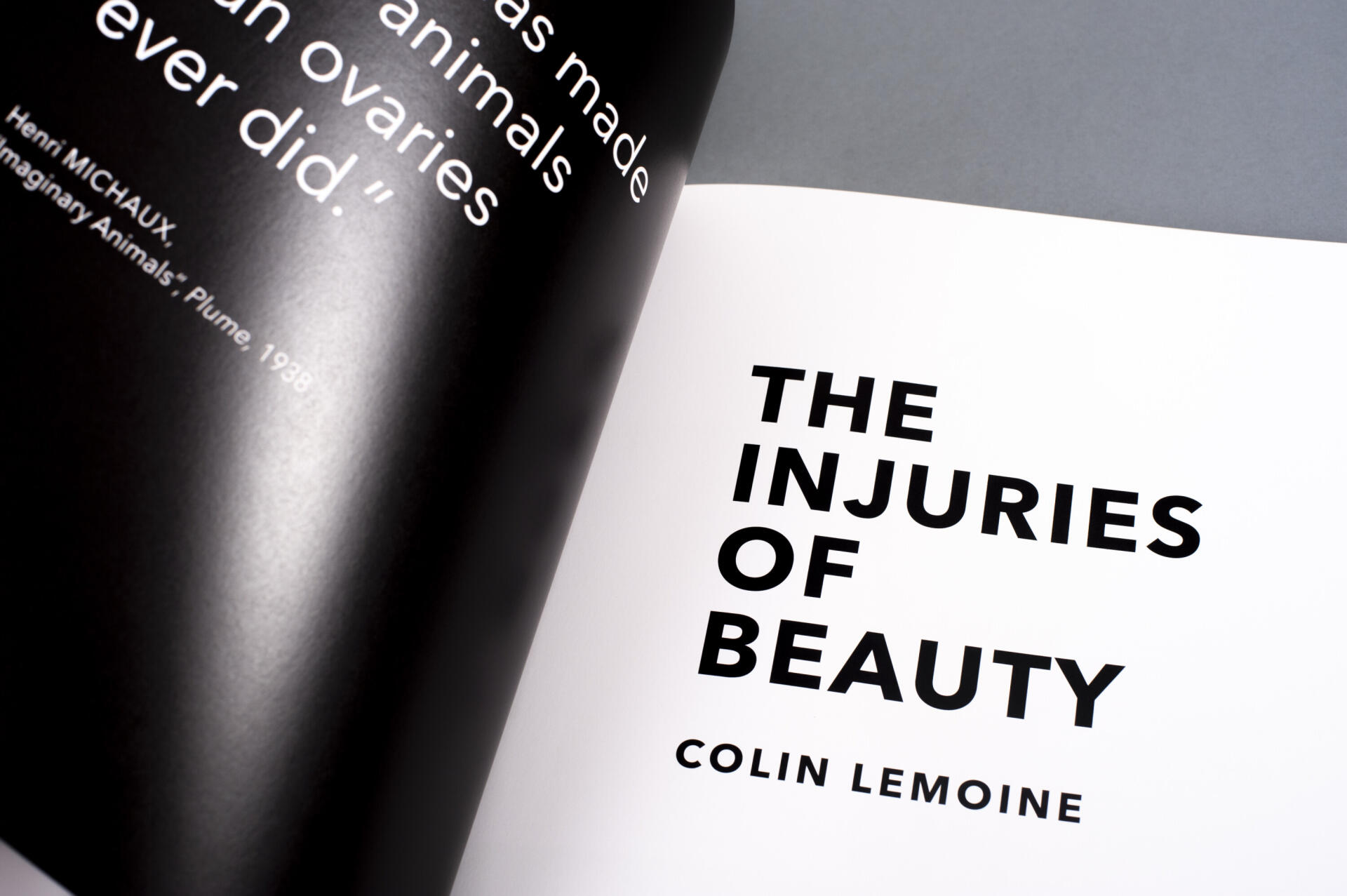


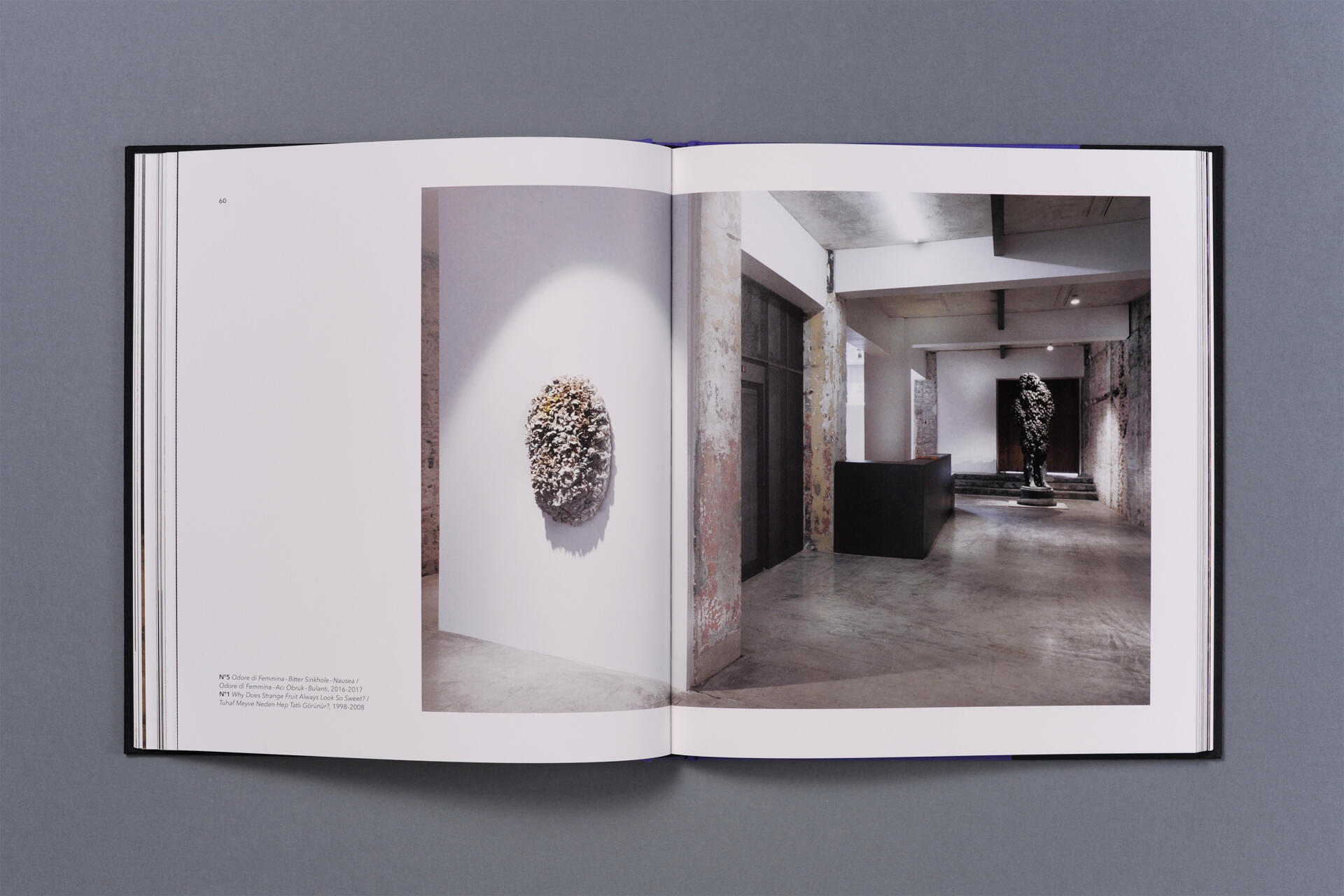
“Twenty years ago, Johan Creten boldly presented a series of works entitled Odore di Femmina in the former Basilica Cistern of Istanbul on the occasion of the city’s international biennial. Today this huge oeuvre is one of the most spectacular monuments of the city of Constantinople. Called Yerebatan Sarnici, which means “the cistern sinking into the ground”, this subterranean construction made the ceramic sculptures resonate with the genius loci, which offered them a setting that was both sovereign and absolute. The feminine trunks, with their sinuous curves, covered in countless rose petals, seemed to emerge from the water between the marble columns like Venuses from another world.
Inevitably, Johan Creten's exhibition at the Pilevneli Gallery carries in it the memory of the singular and striking experience of Yerebetan. Over these past 20 years, Johan Creten has pursued a singular journey, guided by a thoroughly free and iconoclastic spirit, one that goes against the dominant artistic movements.
His work has lent renewed credibility to ceramics, but has also made it possible to reinvigorate the genre, to develop it into a medium that takes on unhesitatingly the major issues of today’s world and art. The earth is here not a romantic genuflection towards the past, but asserts itself as the matter of the primary core that connects the whole of humanity, with its imperfections and cracks, its vibrations, reversals and diversities.”
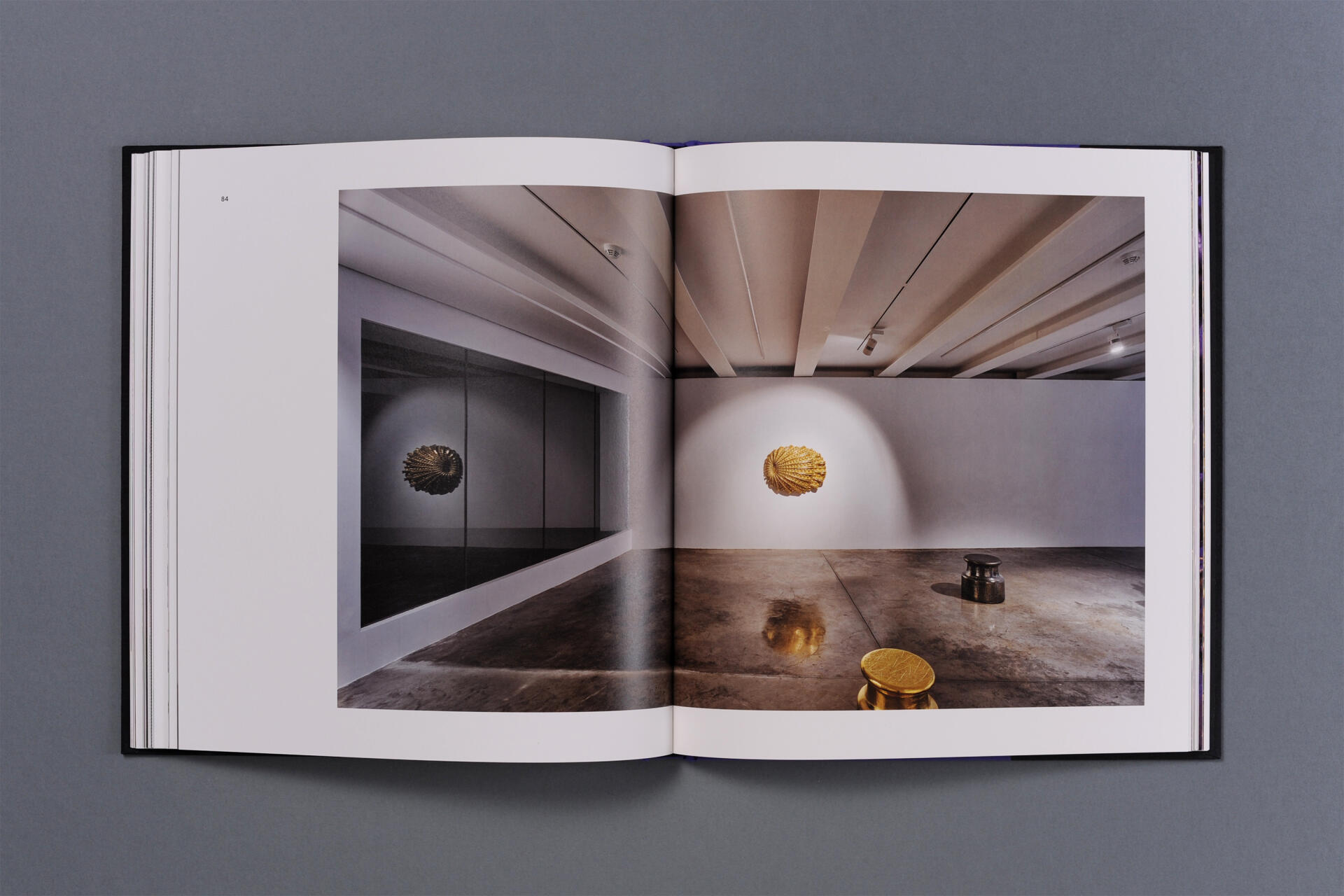
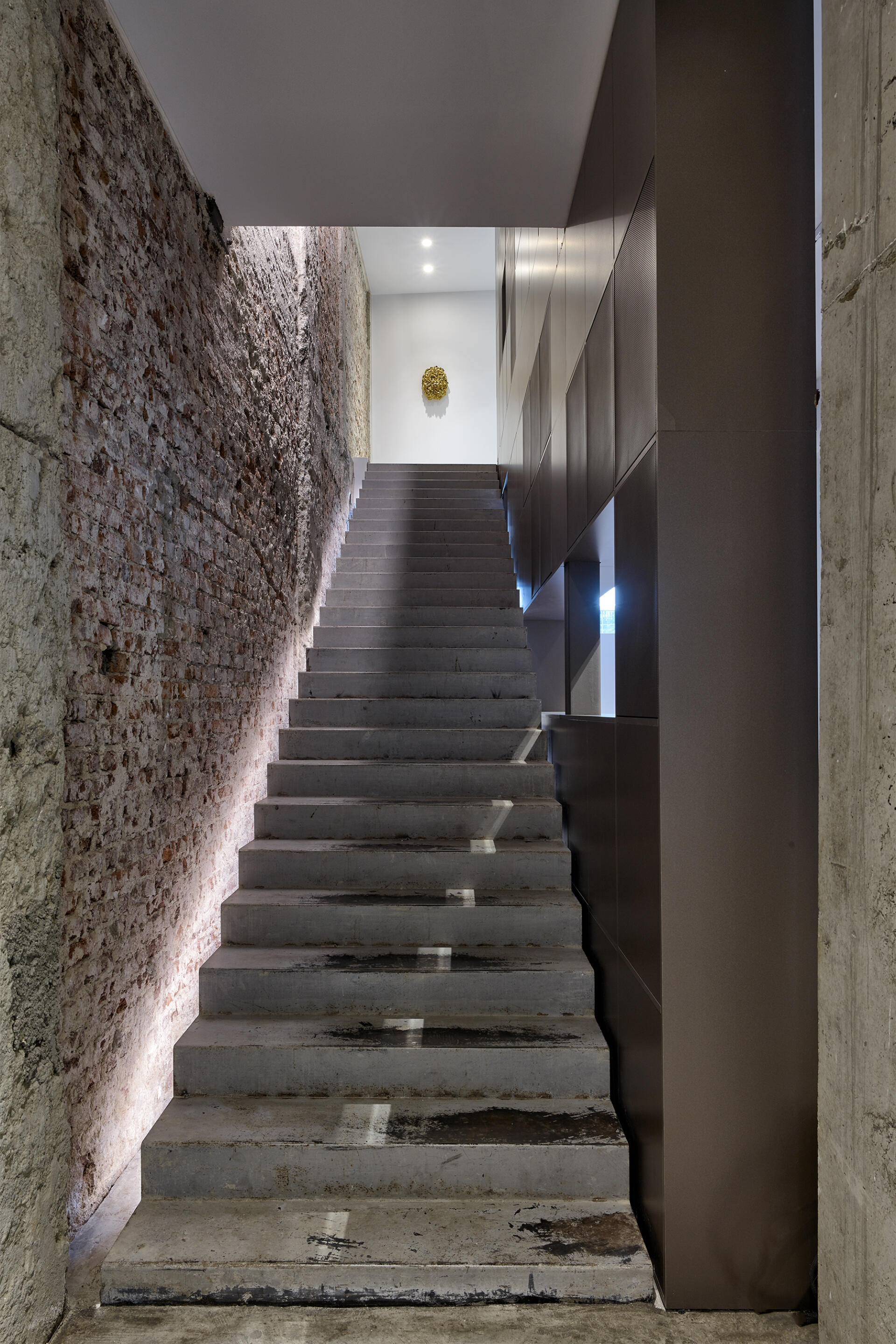

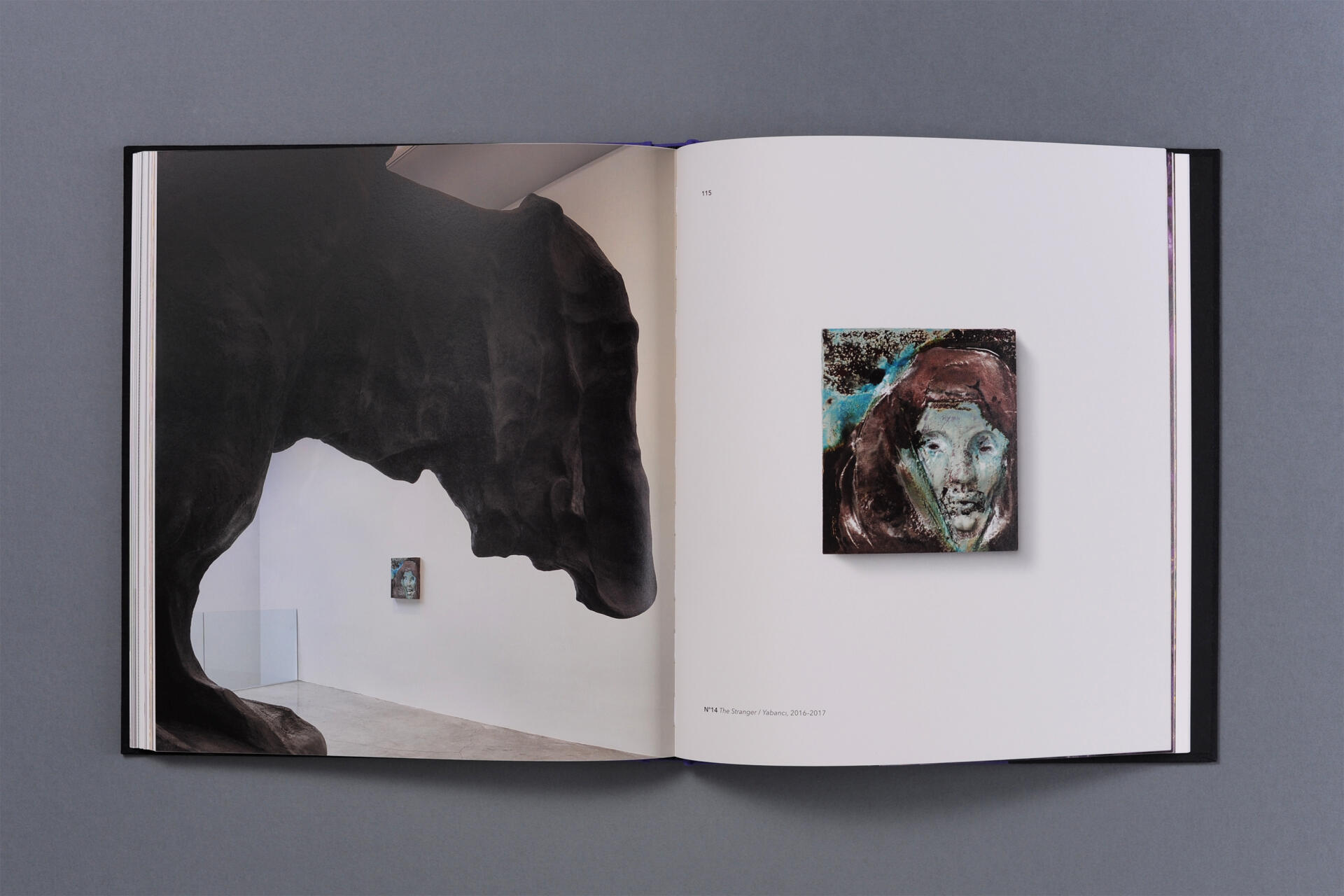
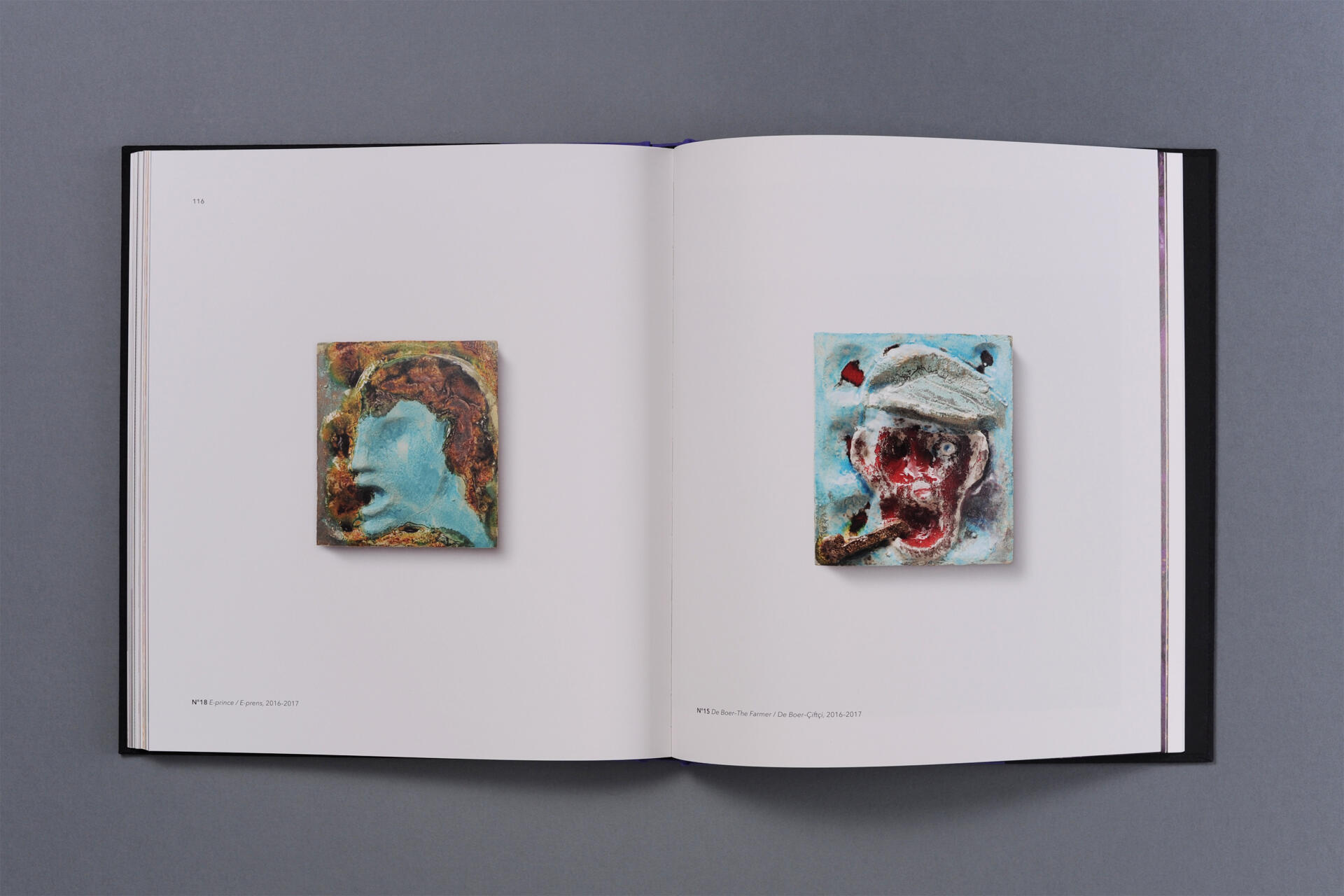

- TEXTS
Murat Pilevneli
Jérôme Sans
Rosa Martinez
Translation : Şebnem Kırmacı, Merve Ünsal
Language: English / Turkish
- FORMAT
28 x 31,5 cm
French format
144 pages
- BINDING
Artic Volume paper
Book sewn square back cardboard
HUV Offset
- PRINT
Mas Matbaa, Istanbul, Turkey
- COPIES
1st edition of 1,500 copies
- ISBN 978-605-82072-0-2
- Book published by
Creten Studio

